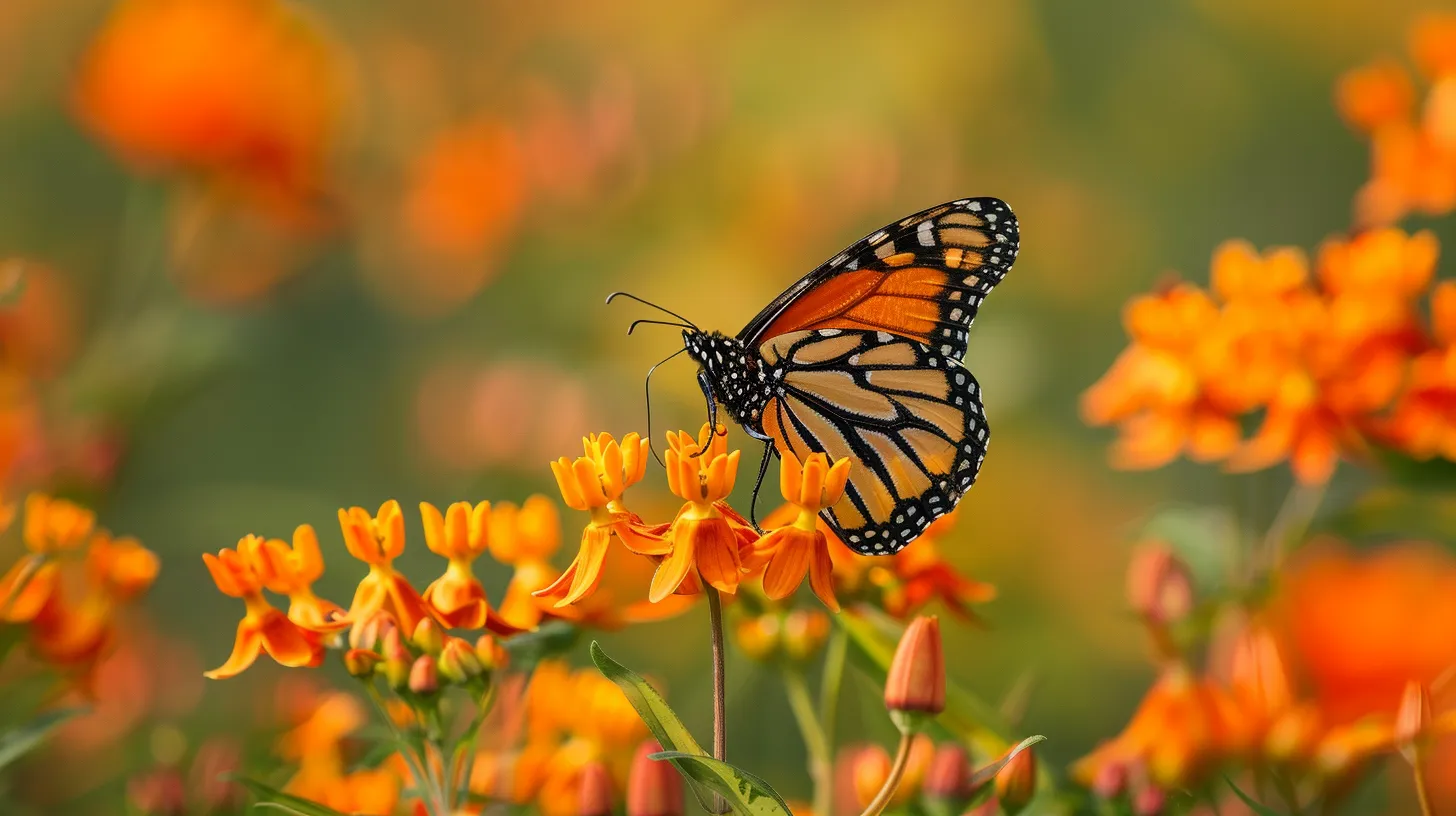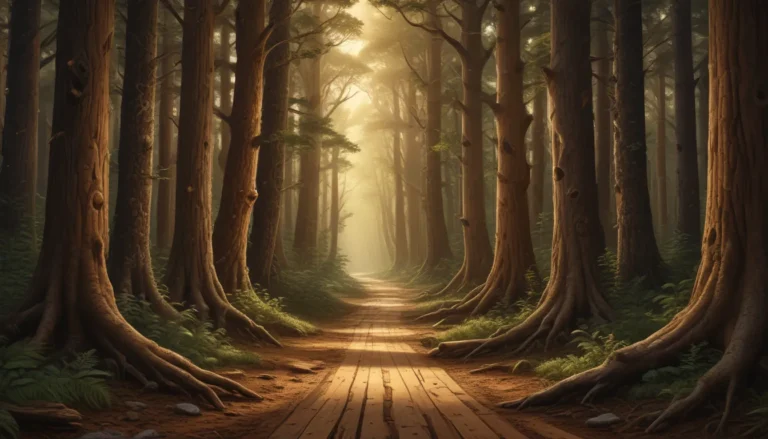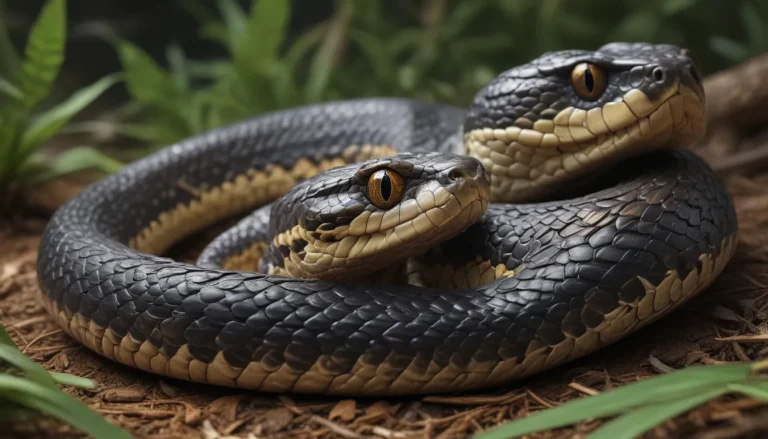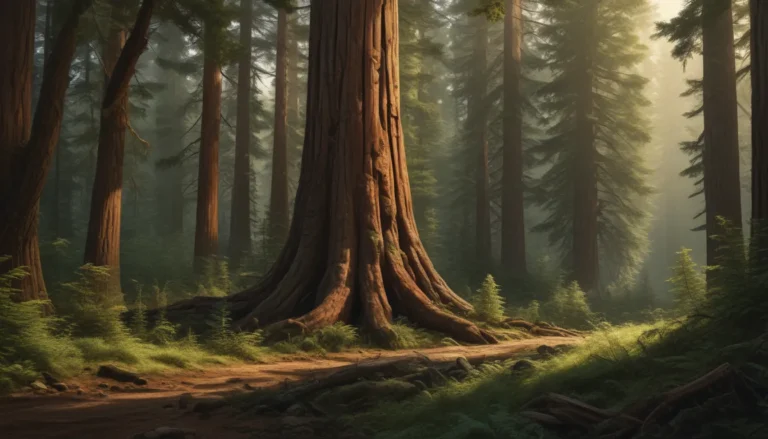The pictures we use in our articles might not show exactly what the words say. We choose these pictures to make you interested in reading more. The pictures work together with the words but don’t take their place. The words still tell you the important facts.
Welcome to the world of pollinator-friendly gardening, where every flower, herb, and shrub plays a crucial role in supporting bees, butterflies, and other vital pollinators. As we embark on this journey together, we will explore the wonders of 18 incredible plants that not only beautify your garden but also contribute to the preservation of our ecosystem. From understanding what makes a plant pollinator-friendly to creating an ideal habitat for these essential creatures, we will delve into the fascinating world of pollinator-friendly gardening. So, grab your gardening gloves and let's get started on transforming your garden into a vibrant haven for pollinators.
What Makes a Plant Pollinator-Friendly?
Attracting bees, butterflies, birds, and other pollinating animals to your garden begins with choosing the right plants. Understanding what makes a plant attractive to pollinators is key to creating a welcoming environment for these crucial creatures.
- Nectar-rich flowers: Plants like lavender and salvia produce abundant nectar, providing essential energy for pollinators.
- Brightly colored blooms: Colors such as purple, blue, red, yellow, and orange are particularly appealing to pollinators.
- Accessible blossoms: Flowers with open or flat-topped shapes offer easy access to nectar and pollen.
- Native plants: Plants that have evolved alongside native pollinator species play a crucial role in supporting local wildlife.
Best Times to Plant for Pollinators
Timing is essential when it comes to planting a garden that supports pollinators throughout the growing season.
- Early spring bloomers: Plants like crocus and lilac provide critical nectar sources when food is scarce.
- Summer-flowering plants: Varieties such as bee balm and lavender ensure a steady food supply during the active months.
- Late bloomers: Plants like goldenrod and asters are beneficial for pollinators preparing for migration or overwintering.
Ideal Locations for Pollinator Gardens
Choosing the right location for your garden is just as important as selecting the right plants. Creating a habitat that resembles pollinators' natural environments is crucial for their well-being.
- Sunny spots: Most pollinator-friendly plants thrive in areas with at least six hours of direct sunlight daily.
- Sheltered locations: Protect pollinators from harsh weather conditions by planting near a fence or hedge.
- Varied plant heights: Create a diverse landscape with plants of different heights to accommodate various pollinator species.
How to Maintain a Pollinator-Friendly Garden
Creating a garden that supports pollinators involves more than planting flowers – it requires sustainable practices that benefit these essential creatures.
- Avoid pesticides: Opt for mechanical or physical controls instead of pesticides to protect pollinators.
- Provide water sources: Ensure pollinators have access to water for hydration.
- Leave wild areas: Allow some parts of your garden to remain untouched to provide nesting and overwintering sites for pollinators.
Common Myths About Pollinator-Friendly Gardening
Despite increasing interest in supporting pollinators, misconceptions persist about what it takes to create a pollinator-friendly garden.
- Myth: Garden size matters: Even a small balcony with potted plants can attract pollinators.
- Myth: Messy gardens: With thoughtful design, pollinator-friendly gardens can be both beautiful and tidy.
- Myth: Only native plants work: While native plants are essential, many non-native plants also provide valuable resources for pollinators.
Future of Pollinator-Friendly Gardening
As awareness of pollinator importance grows, there is a movement towards creating gardens that support these vital species.
- Community involvement: Planting pollinator-friendly spaces in public areas can significantly impact local pollinator populations.
- Research and education: Gardeners have access to new insights and techniques for supporting pollinators as research in this field expands.
Embracing Nature’s Helpers
When we choose to embrace pollinator-friendly plants in our gardens, we are making a commitment to support the unsung heroes of our ecosystem. Every flower, herb, and shrub becomes a lifeline for bees, butterflies, and other pollinators, ensuring the continuation of natural processes essential to our survival. So, let's join hands and create gardens that not only beautify our surroundings but also serve as havens for these vital creatures. By nurturing pollinators, we are nurturing our planet and securing a brighter future for all species. Let's plant the seeds of change together and watch our gardens bloom with life, color, and abundance.






